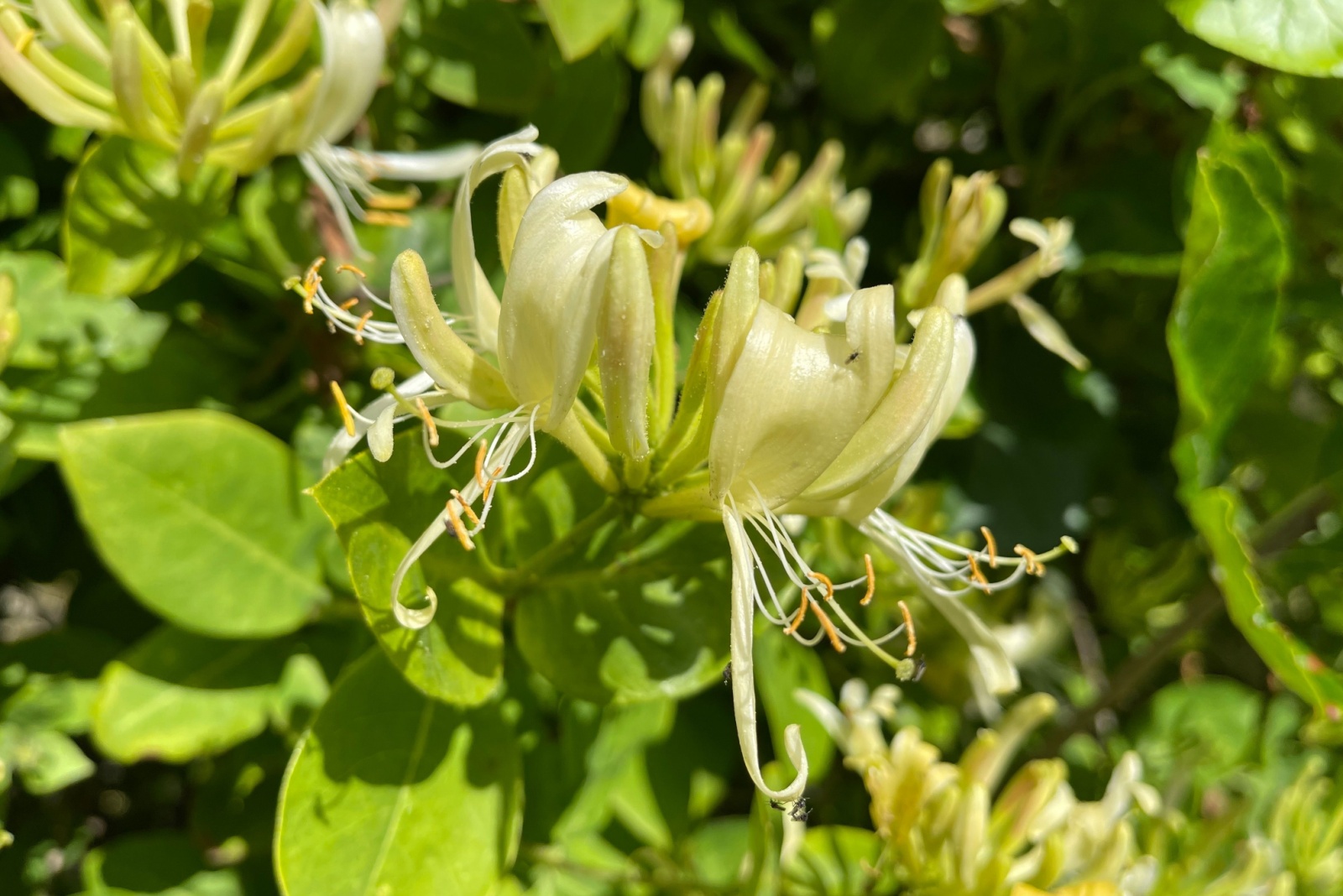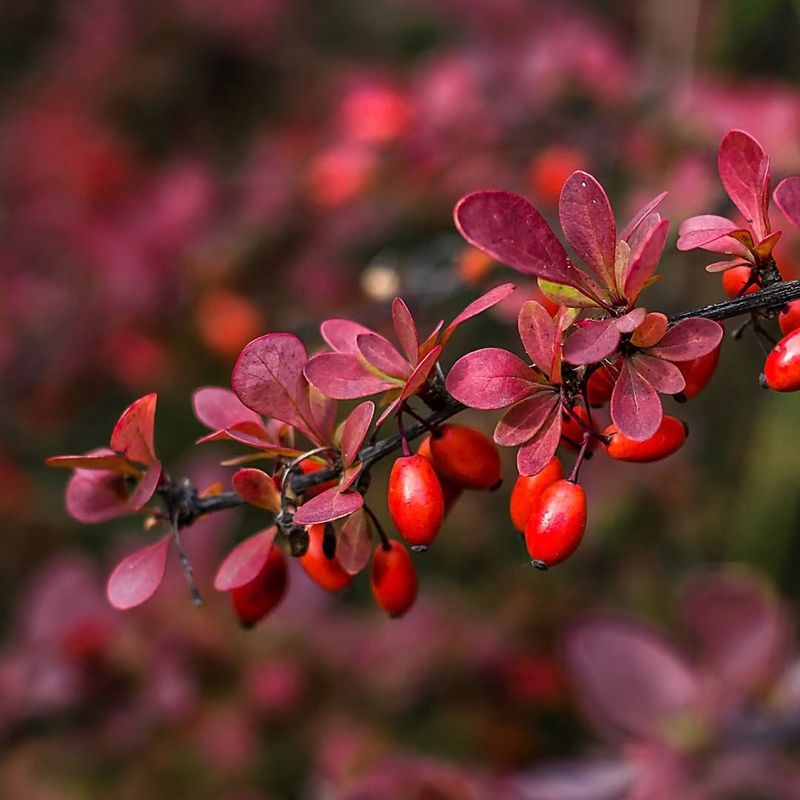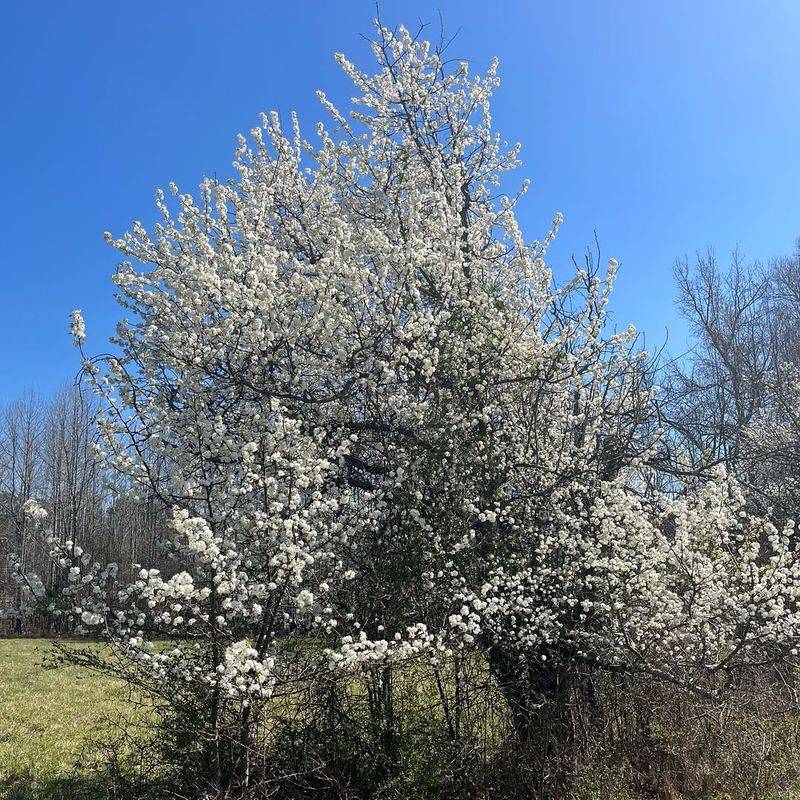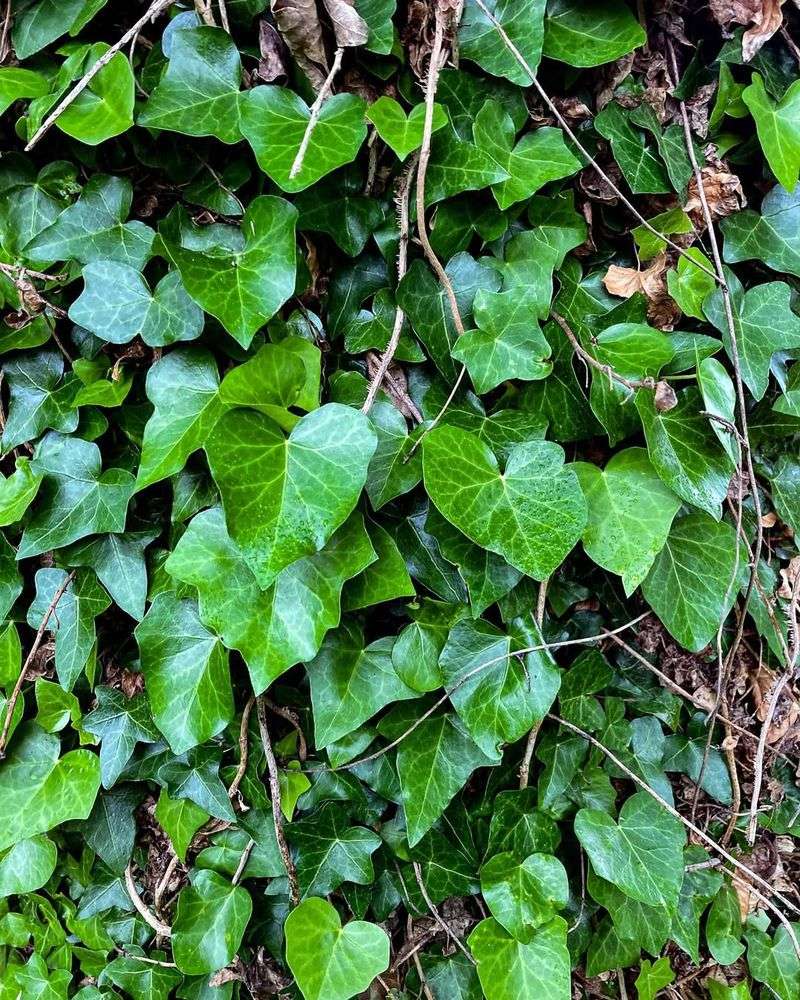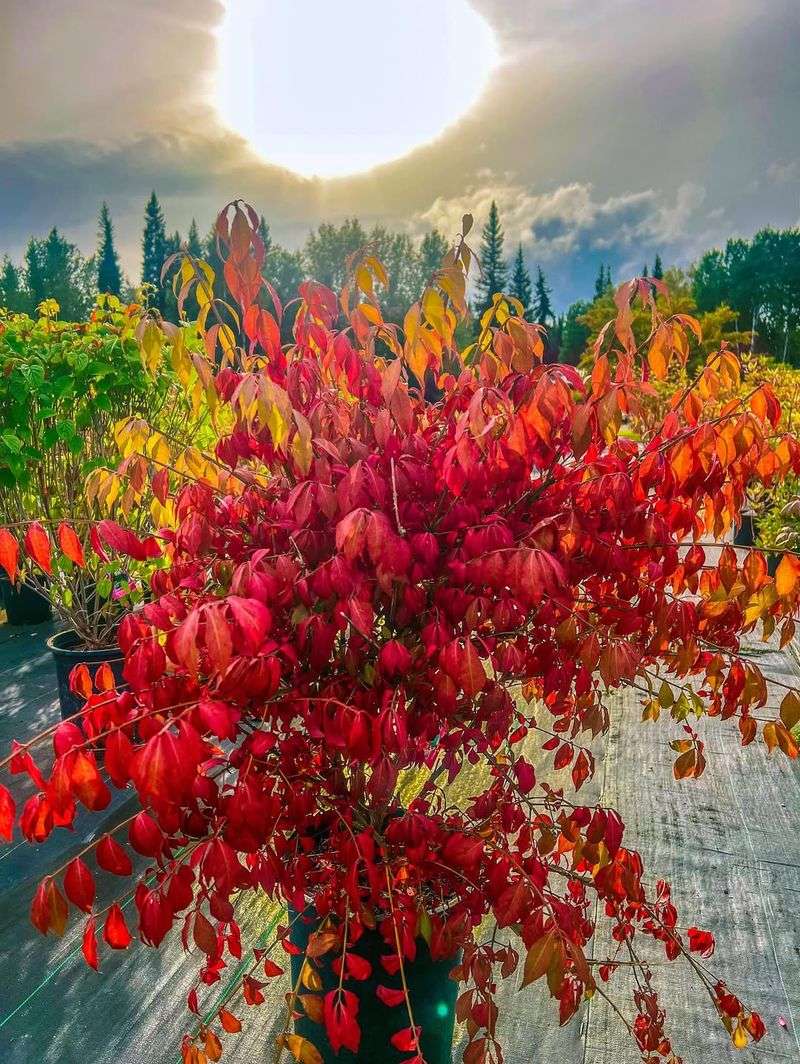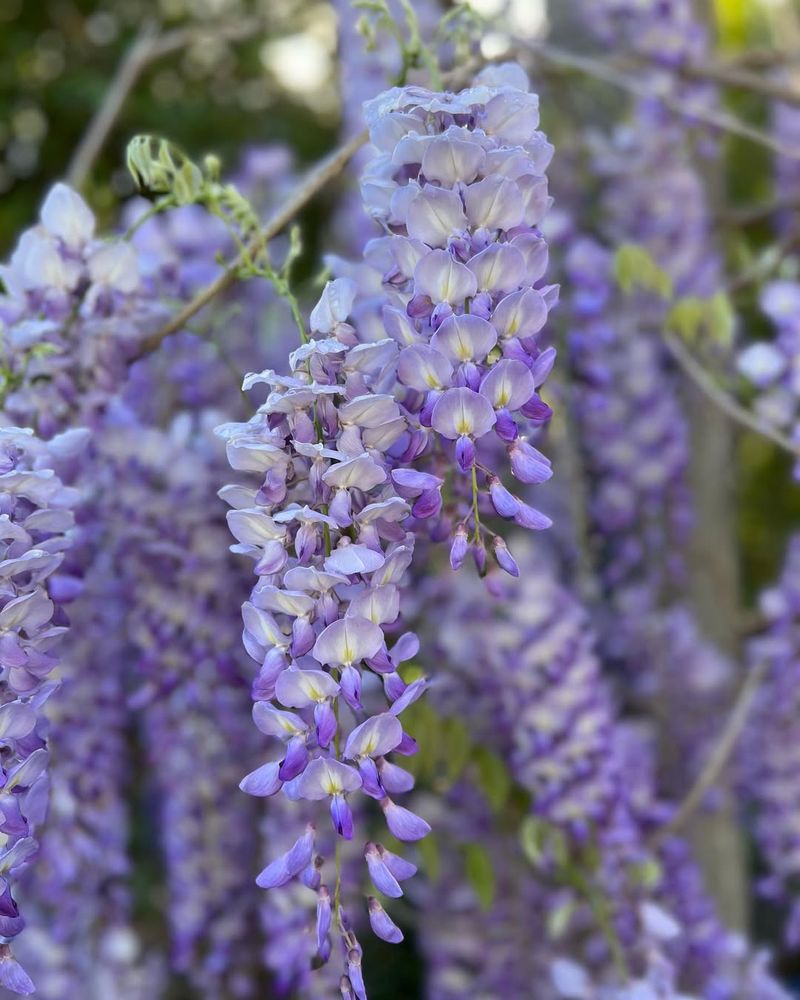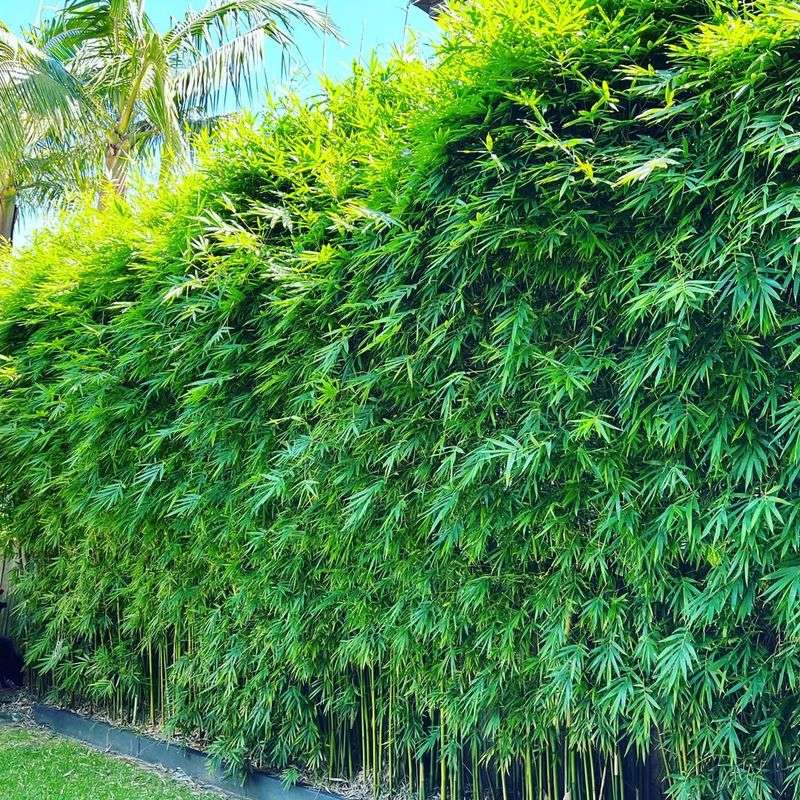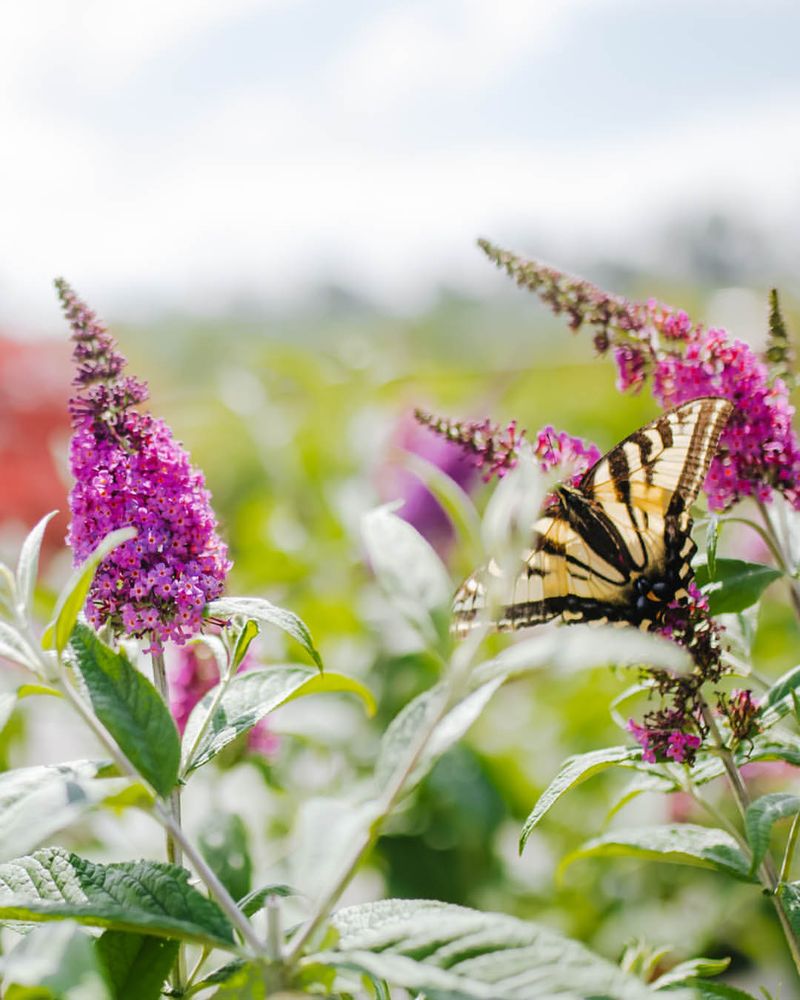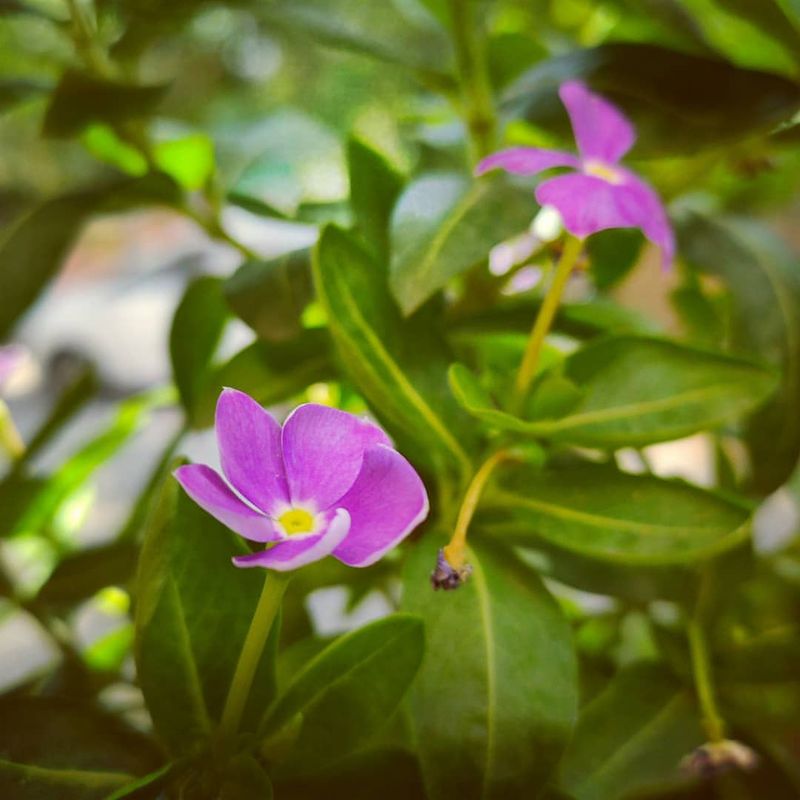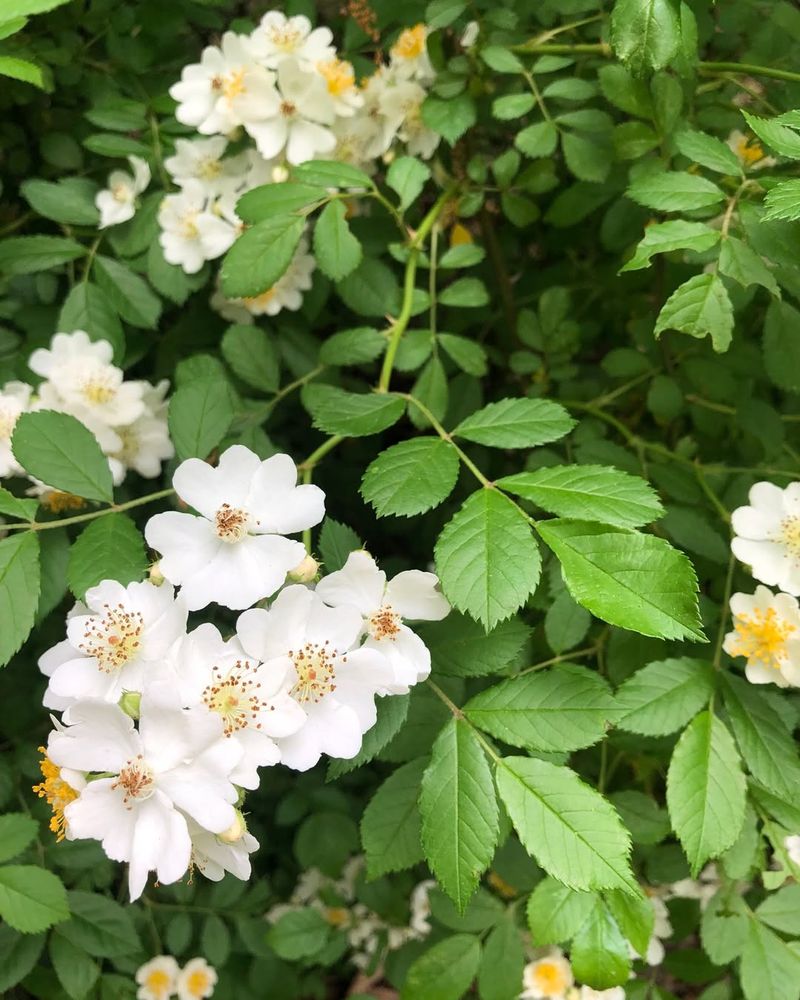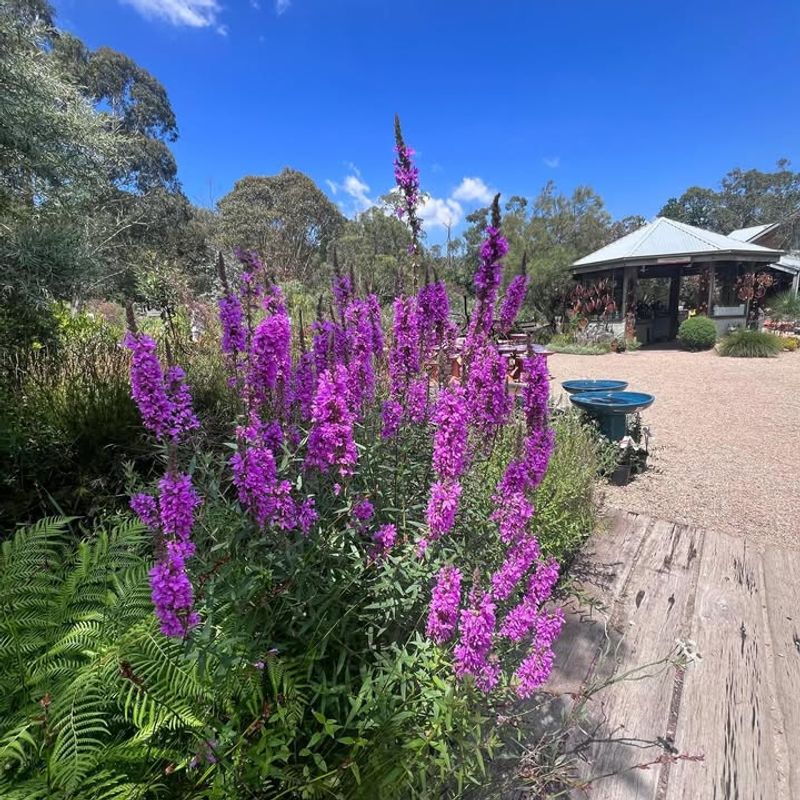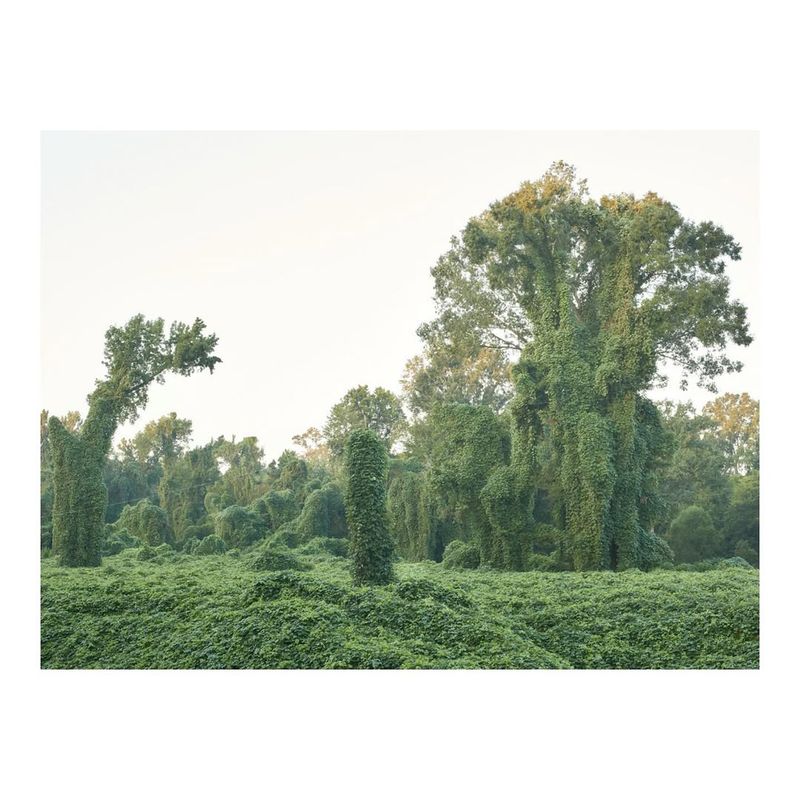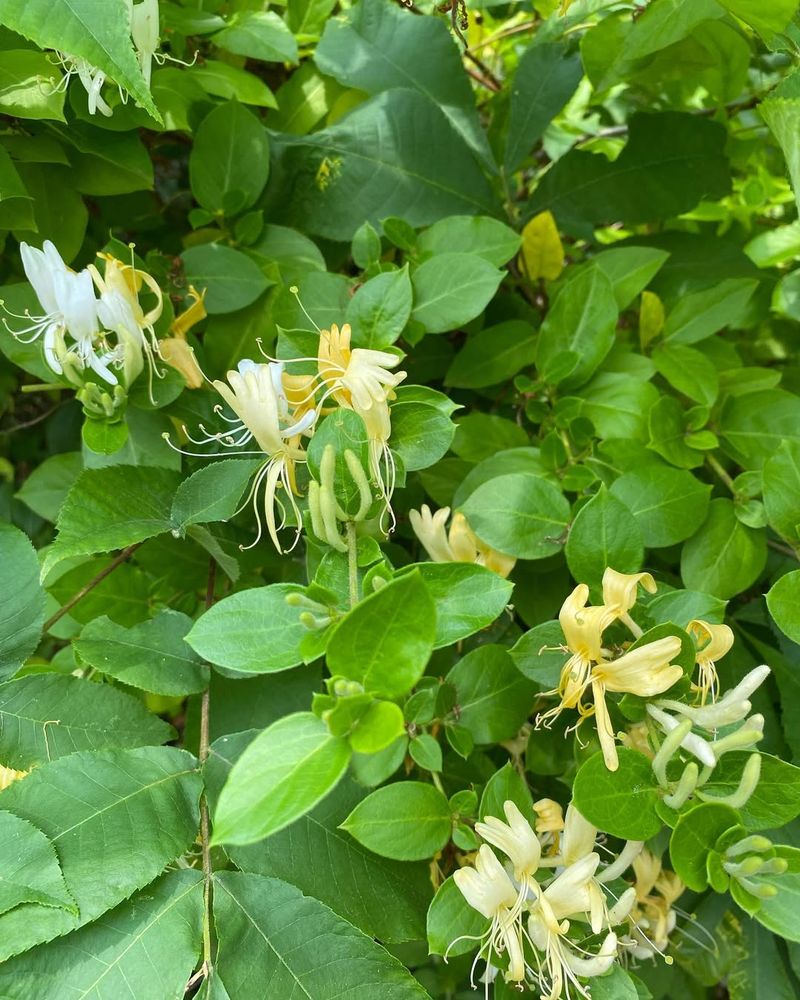Kentucky gardeners love growing unique and beautiful plants, but some favorites might not be around forever. New laws and regulations are constantly being introduced to control invasive species and plants that can harm local ecosystems.
Understanding which plants might face restrictions helps you make smarter choices for your garden’s future.
1. Japanese Barberry
Landscapers once loved this shrub for its bright red berries and colorful foliage that turned crimson in autumn. However, wildlife experts now warn it creates perfect hiding spots for deer ticks that carry Lyme disease.
Birds spread the seeds everywhere, and before you know it, native forests become overrun with dense thickets. Several northeastern states already ban its sale, and Kentucky may follow suit soon to protect public health and natural habitats.
2. Bradford Pear
Those gorgeous white blooms in spring might seem like a dream come true for your yard. Unfortunately, Bradford pear trees have weak branches that snap during storms, causing property damage and creating hazardous situations.
Wild pear trees from dropped seeds invade pastures and woodlands, choking out native plants that wildlife depends on. Kentucky already discourages planting them, and a complete ban could happen within the next few years as environmental concerns grow.
3. English Ivy
Climbing up brick walls and covering ground under trees, English ivy creates that classic cottage garden look many homeowners adore. But this aggressive vine doesn’t know when to stop growing.
It smothers native wildflowers, weakens tree trunks, and provides shelter for rats and mosquitoes near homes. Multiple states now restrict its sale because it damages forests and buildings alike. Kentucky officials are watching closely as complaints about ivy infestations continue mounting throughout the region.
4. Burning Bush
Brilliant scarlet leaves make burning bush a stunning focal point every fall season. Garden centers still sell thousands of these shrubs annually because customers can’t resist that fiery color display.
Seeds germinate easily in nearby woodlands, where the plants form dense colonies that block sunlight from reaching forest floor plants. Massachusetts and New Hampshire already prohibit sales, and Kentucky’s conservation groups are pushing for similar restrictions to preserve biodiversity in state parks and natural areas.
5. Wisteria
Fragrant purple flowers cascade from arbors and pergolas, creating romantic garden spaces that look like something from a fairy tale. Chinese and Japanese wisteria varieties grow incredibly fast, which seems wonderful until they escape cultivation.
Vines strangle native trees in forests and along riverbanks, pulling down power lines and damaging structures. Native American wisteria is fine, but Asian varieties face potential bans. Always check which species you’re buying before planting to avoid future legal troubles.
6. Bamboo
Privacy screens and exotic garden accents make bamboo incredibly popular with homeowners seeking fast-growing solutions. Running bamboo spreads through underground rhizomes that pop up everywhere, including your neighbor’s yard.
Removing established bamboo costs thousands of dollars and requires years of persistent effort. Some Kentucky municipalities already restrict bamboo planting near property lines. Statewide regulations could arrive soon, especially as more homeowner disputes end up in court over bamboo invasions crossing boundaries.
7. Butterfly Bush
Pollinators flock to the sweet-smelling purple, pink, and white flower spikes throughout summer months. Ironically, butterfly bush doesn’t actually help butterfly populations because caterpillars can’t eat the leaves.
Seeds spread rapidly along streams and roadsides, crowding out native plants that butterflies truly need for reproduction. Oregon already bans its sale, and Kentucky butterfly conservation groups advocate for similar measures. Sterile cultivars might remain legal, but wild-type varieties could face restrictions.
8. Periwinkle
Carpets of blue or white flowers under shade trees seem like the perfect low-maintenance ground cover solution. Periwinkle escapes gardens easily, spreading into nearby forests where it forms thick mats that smother spring wildflowers.
Rare native plants can’t compete with this aggressive grower. Conservation areas already prohibit periwinkle, and Kentucky may extend restrictions to residential sales. Native alternatives like wild ginger or woodland phlox provide similar coverage without threatening local ecosystems or facing potential legal issues.
9. Multiflora Rose
Farmers once planted this thorny shrub for livestock fencing and erosion control along hillsides. Those good intentions created an ecological nightmare that continues spreading today.
Dense, impenetrable thickets take over pastures, parks, and forest edges, making land unusable for farming or recreation. Birds love the berries but spread seeds everywhere they travel. Kentucky already lists it as a noxious weed, and stricter enforcement or cultivation bans could arrive soon to prevent further spread across agricultural lands.
10. Purple Loosestrife
Tall magenta flower spikes look absolutely gorgeous planted near ponds and water gardens during summer. A single plant produces millions of seeds annually, and those seeds germinate easily in wetlands.
Purple loosestrife destroys critical habitat for waterfowl, fish, and amphibians by choking out native wetland plants. Federal and state agencies already fight expensive control battles in Kentucky marshes. Complete sales bans seem likely as environmental costs continue rising and restoration efforts struggle to keep pace with spread.
11. Kudzu
Southerners call it the vine that ate the South, and for good reason. Kudzu grows up to a foot per day during peak summer, smothering everything in its path including trees, buildings, and power lines.
Originally planted for erosion control, it now costs millions in damage and removal efforts annually. Kentucky already battles kudzu infestations in southern counties. While already problematic, new regulations may prohibit even ornamental cultivation or impose heavy fines for allowing it to spread from private property.
12. Japanese Honeysuckle
Sweet fragrance and pretty yellow-white flowers make this vine a nostalgic favorite for many Kentucky gardeners. Childhood memories of sipping nectar from flowers don’t change the ecological damage it causes.
Vines smother native plants and young trees, reducing biodiversity in forests and parks throughout the state. Several southern states now regulate or ban its sale. Kentucky forestry officials recommend removal, and formal restrictions could follow as awareness grows about its impact on native plant communities and forest health.

